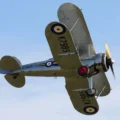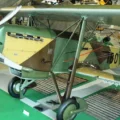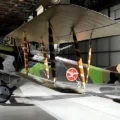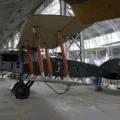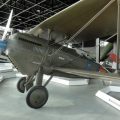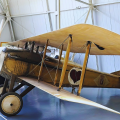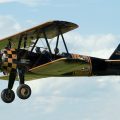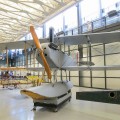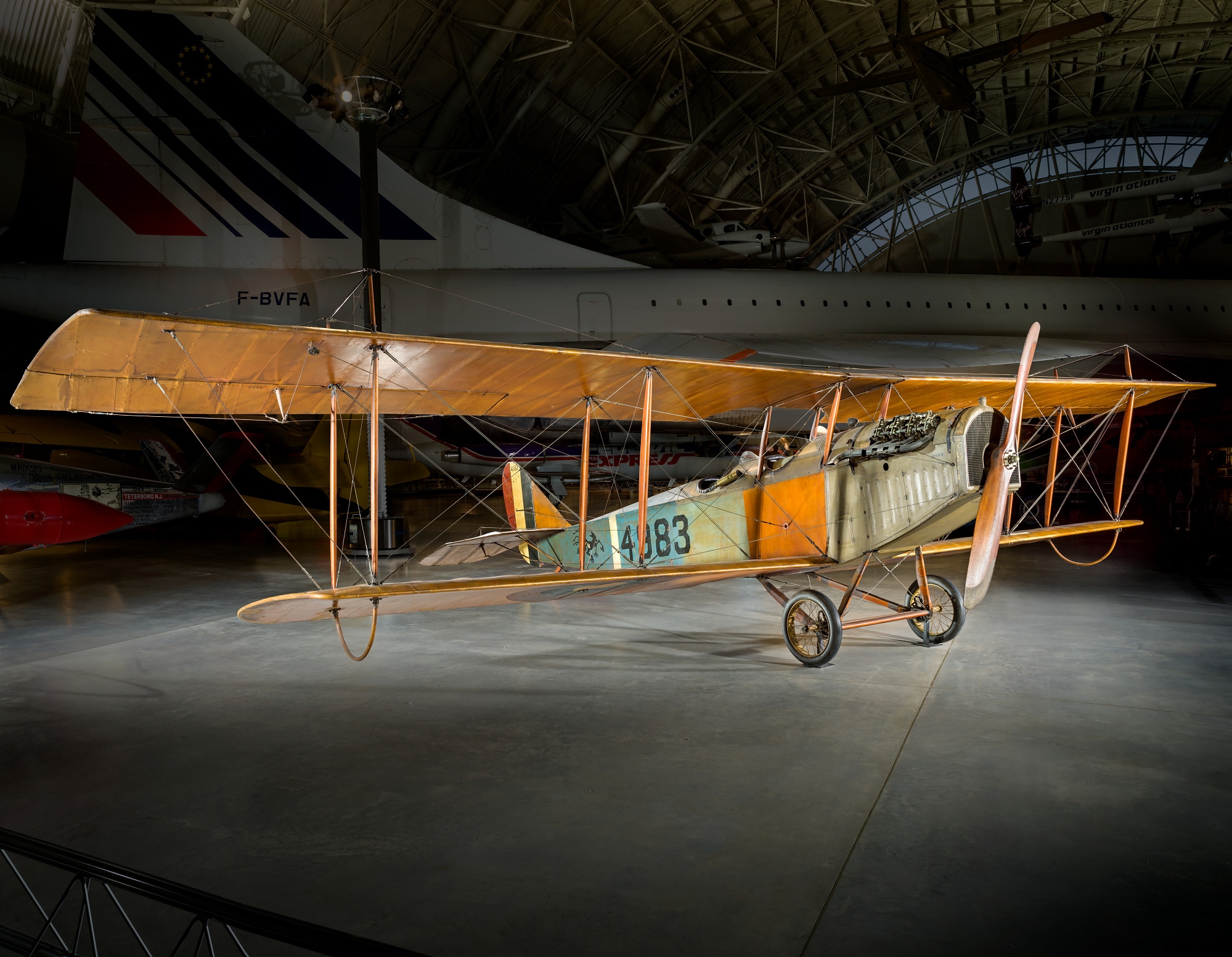
Curtiss JN-4D Jenny | |
|---|---|
| Land | Usa |
| Roll | Utbildarflygplan |
| Införandet | 1915 |
| Byggd | 6813 |
Den Curtiss JN-4 "Jenny" var ett av en serie "JN" biplan byggda av Curtiss Aeroplane Company i Hammondsport, New York, senare Curtiss Aeroplane and Motor Company. Även om Curtiss JN-serien ursprungligen producerades som ett träningsflygplan för den amerikanska armén, fortsatte "Jenny" (det vanliga smeknamnet som härrör från "JN-4", med en öppen topp fyra som visas som ett Y) efter första världskriget som ett civilt flygplan, eftersom det blev "ryggraden i amerikansk efterkrigsflygning." Tusentals överskott Jennys såldes till fyndpriser till privata ägare under åren efter kriget och blev centrala för barnstorming-eran som hjälpte till att väcka Amerika till civil luftfart genom stora delar av 1920-talet.
Källkod: Curtiss JN-4D Jenny på Wikipedia
| Curtiss JN-4D Jenny Walk Around | |
|---|---|
| Fotograf | Vladimir Yakubov |
| Lokalisering | liggande kulturarvssamling, Everett |
| Bilder | 70 |
| Curtiss JN-4D Jenny Walk Around | |
|---|---|
| Fotograf | Unknow |
| Lokalisering | Nationella luft- och rymdmuseet |
| Bilder | 20 |
Se även:
Den Curtiss JN-4D Jenny was a single-engine, two-seat biplane that was widely used as a trainer aircraft by the US Army and the Royal Flying Corps during World War I. It was designed by Benjamin D. Thomas, a former Sopwith engineer, and produced by the Curtiss Aeroplane Company from 1915 to 1919. The Jenny had a wooden frame covered with fabric and was powered by a 90-horsepower Curtiss OX-5 engine. It had a wingspan of 13.3 meters (43 feet 7 inches), a length of 8.3 meters (27 feet 4 inches), and a height of 3 meters (9 feet 11 inches). It had a maximum speed of 120 kilometers per hour (75 miles per hour) and a service ceiling of 3,200 meters (10,500 feet).
Den Jenny was named after its model designation JN, which was misread as JNY by some pilots. It became the most popular and recognizable aircraft of its time, with an estimated 95% of all US and Canadian pilots having flown a Jenny during their training. The Jenny was also used for other purposes, such as aerial observation, photography, bombing, and gunnery practice. Some Jennys were modified with floats or skis for water or snow landing. After the war, thousands of surplus Jennys were sold to civilians for low prices, sparking the era of barnstorming and stunt flying in the 1920s. The Jenny was also featured on US postage stamps and coins, and became a symbol of American aviation history.
Visningar : 4024


